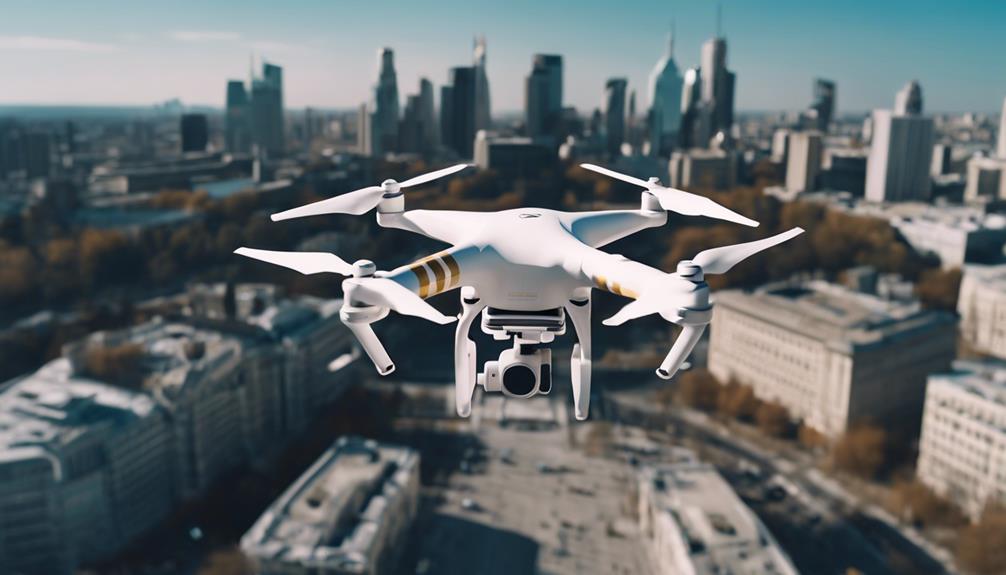In today’s fast-paced world, gadgets have become an integral part of our daily lives. From smartphones to smartwatches, these devices not only enhance our productivity but also redefine how we communicate, entertain ourselves, and manage our health. This article explores the evolution of gadgets, their impact on society, and the latest trends shaping the future of technology.
Understanding Gadgets: What Are They?
Gadgets are small mechanical or electronic devices that serve a practical purpose, often designed to simplify tasks or enhance user experiences. They are characterized by their innovative features and functionality, making them appealing to consumers. Common categories of gadgets include:Cool Gadgets For A CarNinja Gadgets
- Smartphones: Multi-functional devices that combine telecommunications, computing, and entertainment.
- Wearables: Gadgets like smartwatches and fitness trackers that monitor health and activity.
- Smart Home Devices: Products such as smart speakers, thermostats, and security systems that enhance home automation.
- Portable Gadgets: Devices like tablets, e-readers, and portable chargers that offer convenience on the go.
The Evolution of Gadgets
The journey of gadgets is a tale of technological advancement and consumer demand. Here’s a brief timeline highlighting key milestones:
- 1970s: The introduction of the first handheld calculators revolutionized computing on-the-go.
- 1980s: The launch of the first mobile phones changed communication forever, making it feasible to connect with others from virtually anywhere.
- 1990s: The advent of the internet and laptops began merging computing with portability.
- 2000s: The rise of smartphones, particularly with the introduction of the iPhone in 2007, created a new paradigm for personal devices.
- 2010s: The emergence of wearables and smart home technology marked a significant shift toward automation and health monitoring.
The Impact of Gadgets on Daily Life
Gadgets have reshaped various aspects of our lives. Here are some significant impacts:
1. Enhanced Communication
With the proliferation of smartphones and messaging apps, communication has become instantaneous. Social media platforms enable users to connect globally, breaking geographical barriers. For example:
- According to Statista, as of 2023, there are over 4.9 billion active social media users worldwide.
- Video conferencing tools like Zoom and Microsoft Teams have transformed remote work and virtual meetings.
2. Health Monitoring
Wearable gadgets like fitness trackers and smartwatches have empowered individuals to take charge of their health. Features such as heart rate monitoring, sleep tracking, and activity logging encourage healthier lifestyles. For instance:
- Research from the Journal of Medical Internet Research indicates that wearable technology can effectively promote physical activity.
- Devices like the Apple Watch have been credited with saving lives by detecting irregular heart rhythms.
3. Smart Homes
Gadgets have ushered in the age of smart homes, where devices communicate with each other to enhance convenience and security. Examples include:
- Smart thermostats like Nest adjust heating and cooling based on user preferences and habits.
- Smart security systems provide real-time surveillance and alerts via smartphones.
Trends Shaping the Future of Gadgets
As technology continues to evolve, several trends are emerging in the gadget landscape:
1. Artificial Intelligence (AI) Integration
AI is becoming increasingly prevalent in gadgets, enabling personalized experiences and automation. For instance:
- Smart assistants like Amazon’s Alexa and Google Assistant can control smart home devices, answer queries, and manage schedules.
- AI-driven health apps can analyze user data to provide personalized fitness and nutrition recommendations.
2. Sustainability and Eco-Friendliness
As environmental concerns grow, gadget manufacturers are focusing on sustainable practices. Examples include:
- Companies are developing gadgets using recyclable materials and energy-efficient technologies.
- Smart home devices that monitor energy usage help consumers reduce their carbon footprint.
3. The Internet of Things (IoT)
The IoT is expanding the connectivity of gadgets, allowing them to communicate with each other and share data seamlessly. This trend is evident in:
- Smart appliances that can be controlled remotely via smartphones.
- Wearables that sync with health apps, offering comprehensive health insights.
Challenges and Concerns
While gadgets offer numerous benefits, they also come with challenges:
1. Privacy and Security Risks
As more devices become interconnected, the risk of data breaches increases. Consumers must be vigilant about protecting their personal information. For instance:
- In 2022, a major data breach exposed the personal information of millions of users of smart home devices.
- Using strong passwords and enabling two-factor authentication can help mitigate risks.
2. Digital Addiction
The convenience of gadgets can lead to excessive screen time and digital addiction, impacting mental health. Studies suggest:
- Excessive use of smartphones can contribute to anxiety and depression.
- Setting boundaries for gadget use, such as implementing tech-free periods, can promote healthier habits.
Conclusion
The world of gadgets is continually evolving, driven by advancements in technology and changing consumer needs. As we embrace these innovations, it is essential to recognize their impact on our lives, both positive and negative. From enhancing communication and promoting health to posing challenges related to privacy and addiction, gadgets play a crucial role in shaping modern society.
By understanding the trends and challenges associated with gadgets, consumers can make informed choices that enhance their lives while navigating the complexities of the digital age. As we look to the future, the potential of gadgets to improve our lives remains boundless, offering endless opportunities for innovation, convenience, and connectivity.
